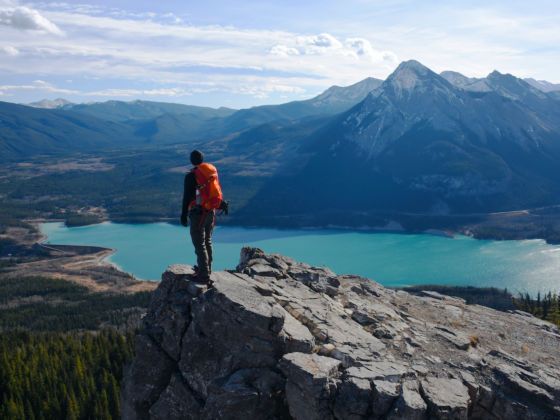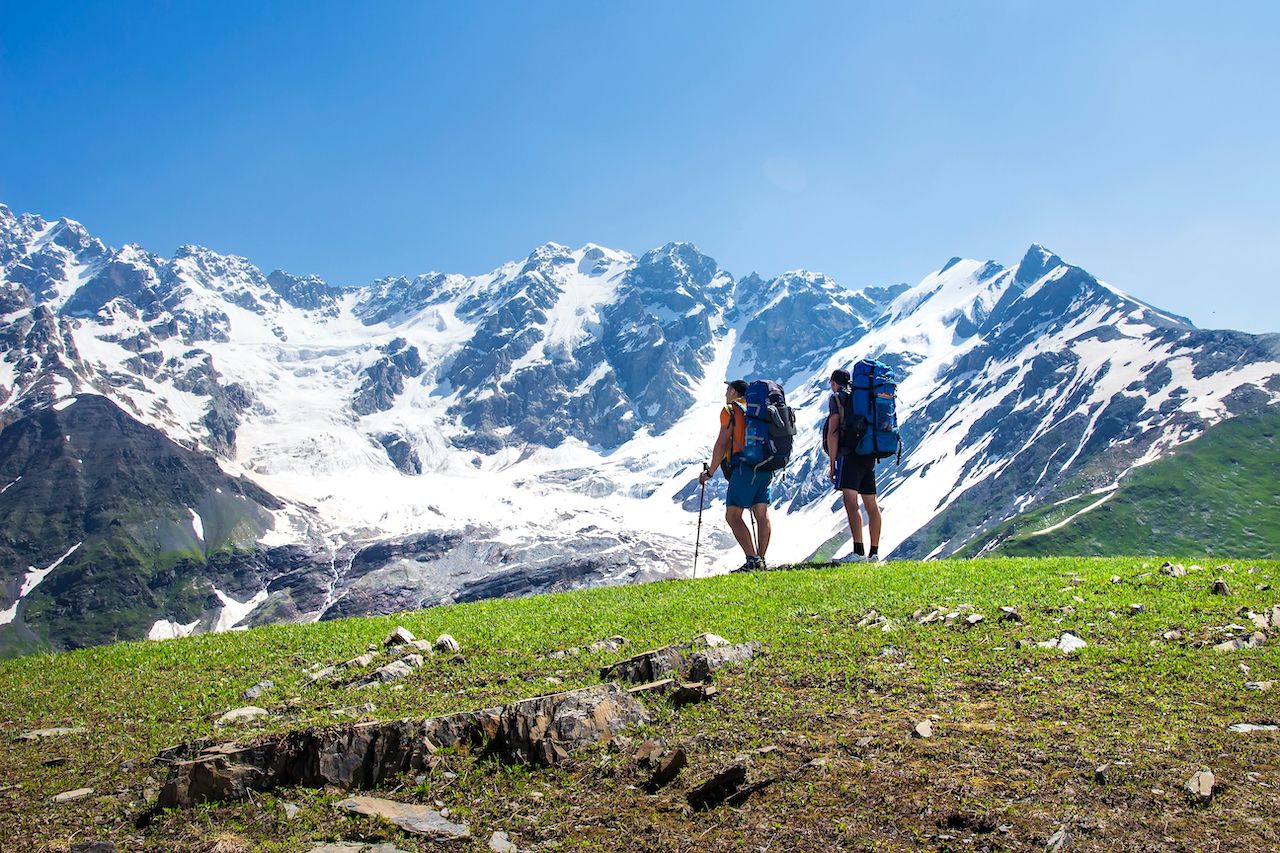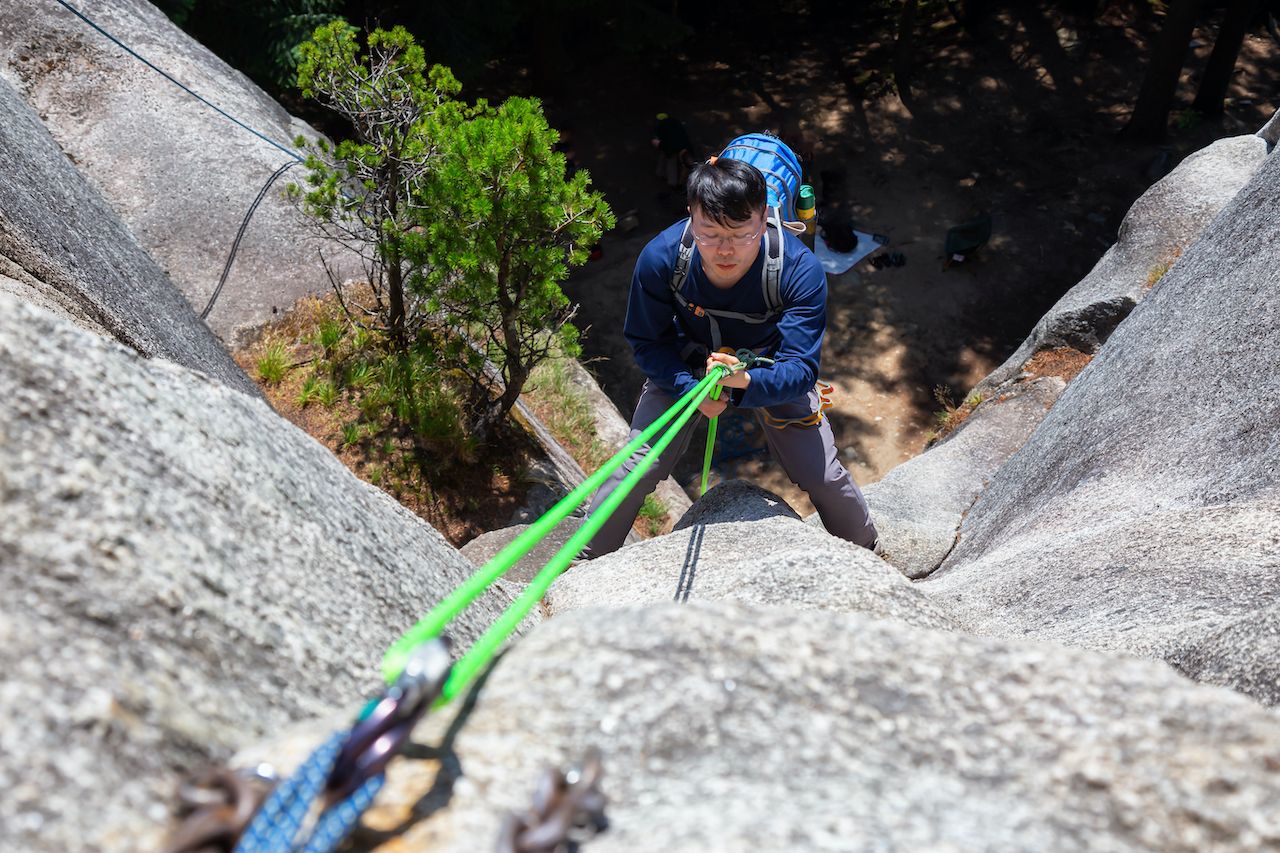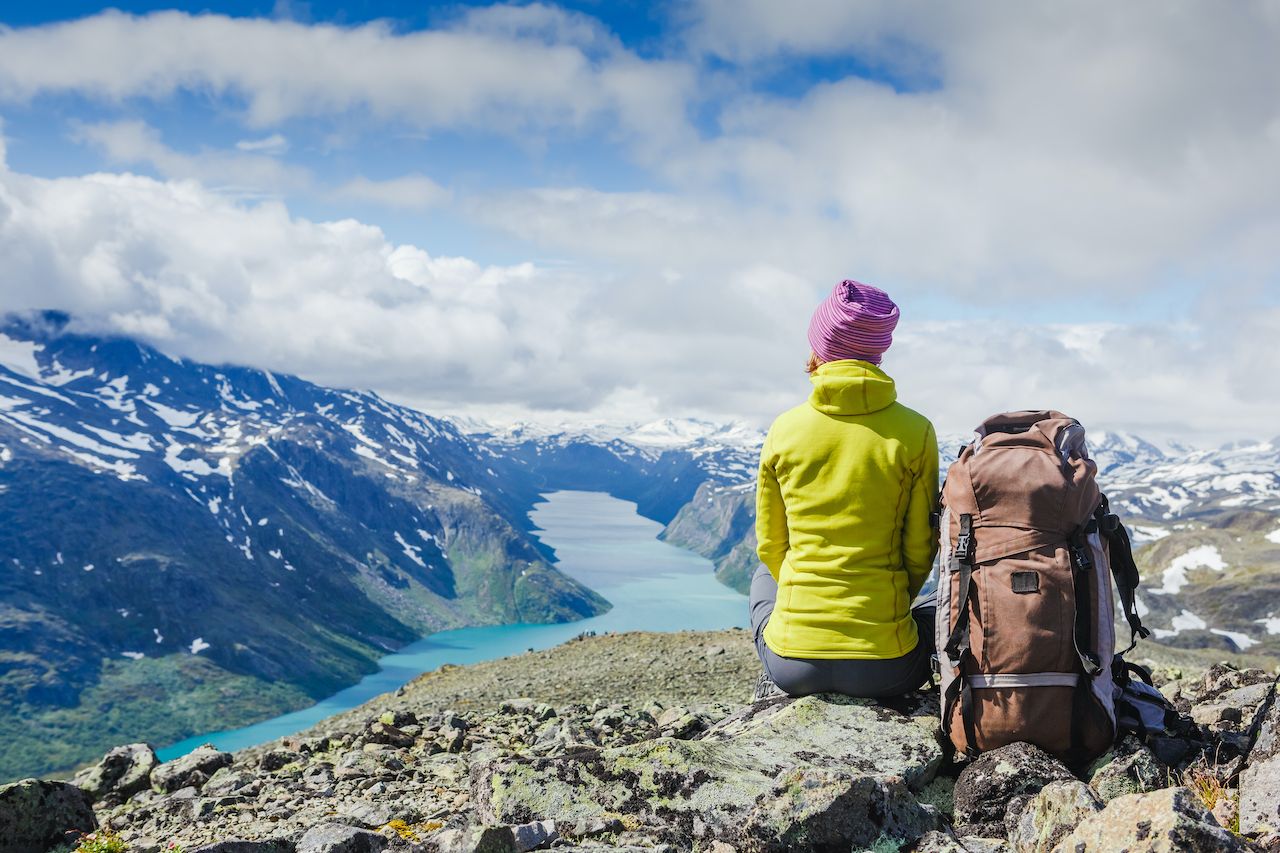Whether you’re exploring a local mountain range or venturing into unknown terrain, a successful outdoors excursion takes preparedness, both mental and physical. By adding a “mental prep” checklist to your prep list for your next adventure, you ensure that you’re approaching the high country as ready as you can be for what the mountains have in store.
“The coolest thing about the outdoors is that it offers a lot of adversity, in a healthy way,” says Lance Sullins, owner and lead guide of Peak Mountain Guides in Ouray, Colorado. Here are his tips on being mentally prepared to address that adversity, in order to have the best experience possible.




